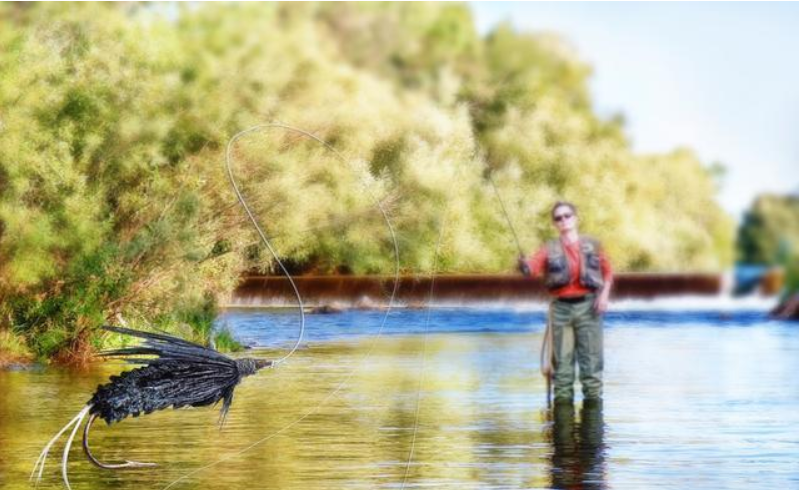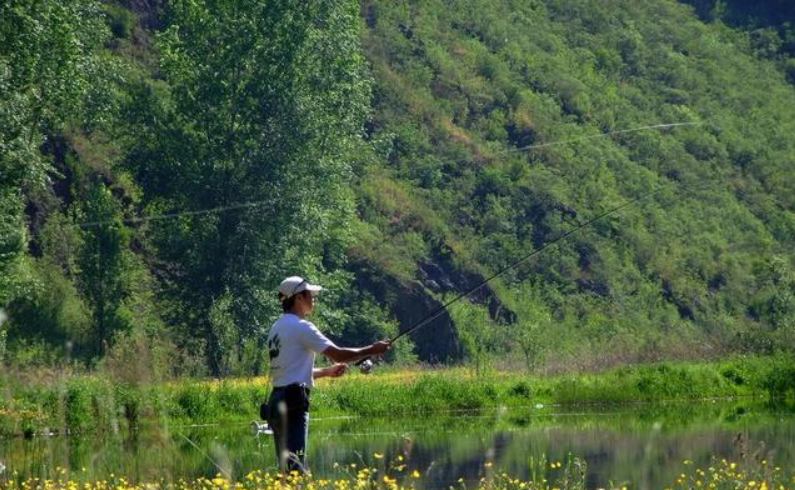Fly fishing is a method often used by experienced anglers. It is typically practiced during the late spring and early summer (March–April), when winged zooplankton emerge as adults. This technique capitalizes on the instinct of predatory fish to strike based on visual cues and their tendency to identify and swallow prey only after taking it into their mouths. It targets smaller predatory fish found in lakes, reservoirs, ponds, rivers, and streams.
Fly fishing falls under the category of lure fishing. This method utilizes artificial lures that imitate winged insects such as flies, mosquitoes, dragonflies, butterflies, and moths landing on the water. The goal is to provoke strikes from predatory species like whitefish, culter, and mandarin fish.

1. What is Fly Fishing?
Fly fishing involves using lures that mimic insects in flight or as they land on the water to attract fish. It is a type of artificial lure fishing.
The lures are typically crafted by tying feathers from birds onto fishing hooks to resemble various insects. These are known as fly lures. The equipment used in fly fishing is specialized and generally cannot be replaced by other types of fishing gear. Due to its cost and refinement, fly fishing is often regarded as the “aristocrat of fishing” or the “golf of fishing.”
2. Fly Fishing Equipment
Fly fishing requires specific gear: a fly rod, fly reel, and fly line cannot be substituted with other fishing equipment. The fly fishing line system consists of the backing line, the main fly line, and the leader or tippet. The lures used are typically fly lures, which is why fly fishing is sometimes referred to as fly lure fishing.

3. Fly Fishing Lures
As mentioned, fly fishing lures are commonly called fly lures. They are made by tying hair or feathers from animals or birds onto fishing hooks. These lures are designed to imitate insects or aquatic creatures that fish naturally prey on in their environment.
Depending on the target fish’s feeding depth, fly lures are generally categorized as dry flies or wet flies. Dry flies are used to target fish that feed on the water’s surface, while wet flies are used for fish feeding near the bottom.
The core skill in fly fishing is the casting technique. This method relies on the energy generated by the fly line moving through the air to propel the nearly weightless fly lure to the desired target area.